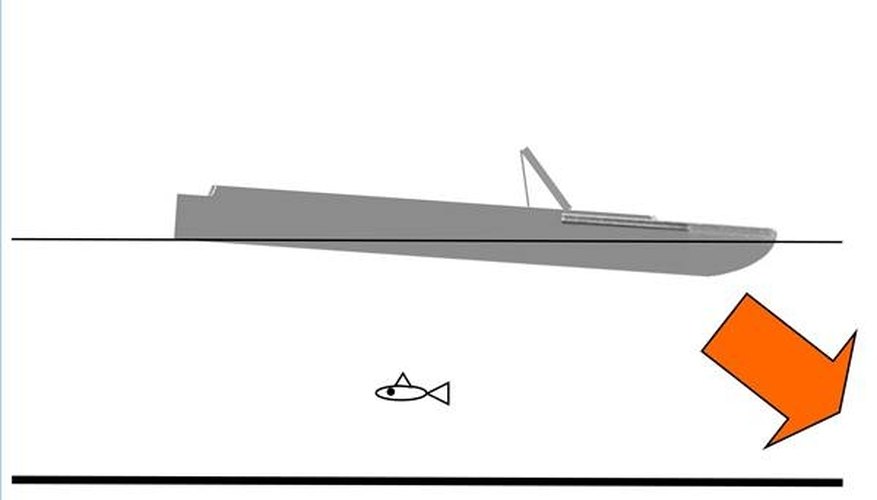A boat transom is the after-most part of your boat; it's the rear wall, so to speak, in your sea-going home. Its height is important in several ways, most of which have to do with your outboard motor and how your boat rides though a swell or on calm water.
History
The transom in a boat today is a place to hang your outboard motor. In the past, though, it housed the officers and captain of 17th, 18th and 19th century sailing ships.
How Transom Height Is Measured

Strictly speaking, the height of the transom on a modern boat is measured from the bottom of the hull at the center line of the boat, to the top of the transom.
Significance

Transom too Low
Height of the transom is important in choosing an outboard motor to power your boat. If the transom is too high, your propeller will not reach the water. If the transom is too low, too much of your motor may be underwater.
Effects

Transom too High
Understand the effect that transom height has on your boat's performance. A transom that's too high will not let you adjust the trim of your motor properly, since you will not be able to increase the angle between the motor and the boat. This may be necessary to trim the boat to the stern, to increase its performance and minimize the effects---on the passengers---of a swell or wave. Likewise, a transom that's too low will not allow you to effectively decrease the angle between the motor and the boat, to put the boat in a bow-down position so that the extra weight of passengers riding at the stern would bring the boat to an even keel.
Expert Insight
When you start looking for a new motor, or if you just bought the boat and are choosing a motor for the first time, ask your boat dealer for his recommendations. He has a professional's insight into what motor the boat should use for the best all-around performance.
Writer Bio
Will Charpentier is a writer who specializes in boating and maritime subjects. A retired ship captain, Charpentier holds a doctorate in applied ocean science and engineering. He is also a certified marine technician and the author of a popular text on writing local history.



